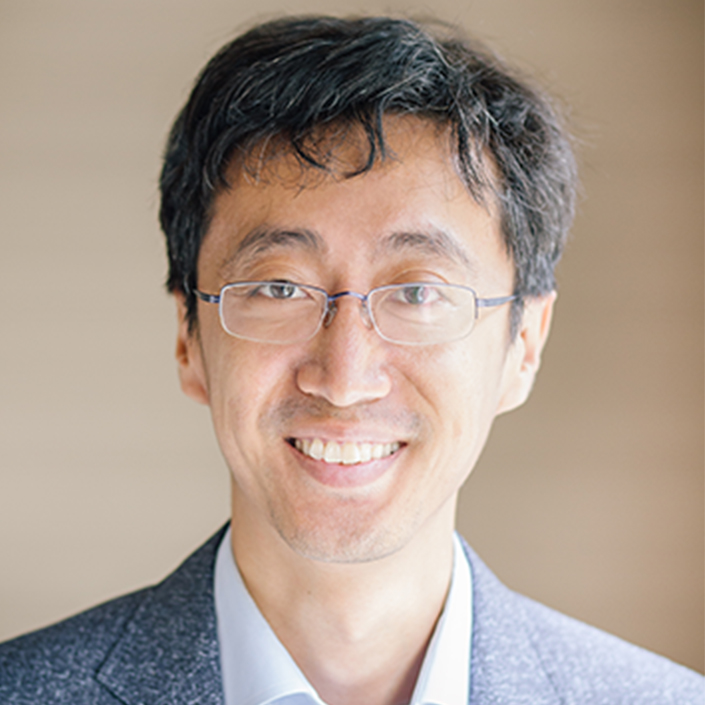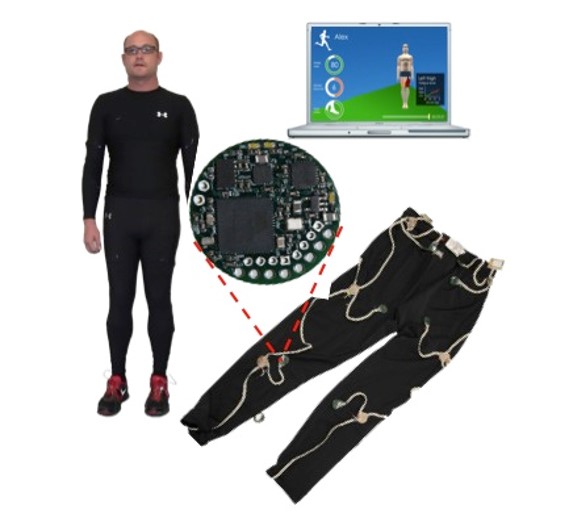Research
My research focuses on cyber-physical systems learning by integrating data, physical knowledge, and hardware systems, while informed by deployments in real-world applications.
Machine learning has become a useful tool for many data-rich problems. However, its use in cyber-physical systems (CPS) has been severely limited because of its need for large amounts of well-labeled data, often tailored to each deployment scenario. While especially challenging for high-dimensional data, the situation is further exacerbated by the complexity and variability of the physical systems being studied and modeled. For example, smart city applications often require significant data to obtain the required robustness for operations in different weather, time of day, users, and cities, etc.
My research enables data science in real physical systems by reducing reliance on initial labeled data through the integration of physical knowledge, the actuation of sensing systems, and the adaptation ofdata models. My early work, ZebraNet, is considered seminal work in mobile sensor networks for which I received the Test-of-Time award. Currently, my work focuses on
- Fuse physics-based models with empirical models of the system to create more data;
- Actuate physical sensing hardware to improve data quality for optimal learning;
- Optimize data adaptation between different application scenarios using the physical understanding of how data distributions change.
The research is informed by real-world applications and deployments using the the structure as sensors, and mobile carriers as sensors.
Structure as Sensors
Structure as Sensors is a new class of sensing systems we enable by our research. We use the structure (e.g., buildings) to acts as the physical sensor element, and use the structural responses (e.g., vibrational movements) to understand the details of physical events (e.g., persons moving in a building, or events around the building). This approach reduces the deployment difficulties of a sensing system but significantly increases the dimensionality of the problem space due to numerous influence factors that change the structural response (e.g., wave propagation in the building, building material, walking speed, occupant activity, operation of machinery, etc.).
Using the structure as a sensor, we have a number of deployments measuring:
- Track elderly gait for fall prediction
- Gauge muscular dystrophy in children
- Pig health monitoring
- Item identification and association in cashier-less supermarkets
Mobile Carrier as Sensors
Using mobile carrier as Sensors, we utilize the movement of sensors to increase the efficiency of measuring phenomenons that covers a wide area (e.g. cities). Although mobile sensors can allow for this greater coverage, their mobility can also create areas with no coverage and unbalanced coverage for the sensing goals. This requires system coordination and collaboration in order to produce optimal outcomes. As part of this work, we 1) actuate the sensors to optimize sensor placement, movement, and data gathering; and 2) fuse with physical models to generate missing data (e.g. physical model of air flow to model pollution).
Using the mobile carrier as sensors, we developed and deployed a number of applications using a different hardware platforms :
- Taxi-fleet enabled air pollution monitoring
- Wild zebra migration tracking
- Muscular activity and status tracking
- Micro UAV swarms

 MENU
MENU 







